CRM Project et Microfinance Institutions System Tools
4.4 Objective Setting/Strategy Development
Customer satisfaction is the objective of most CRM initiative.
This ideology and CRM definition was pointed by the author after reviewing series of literatures during the information gathering stage of the research.
It was also discovered that most CRM initiatives failed due to unplanned objective setting and strategy.
Questions under this section were structured so as to know the perception of Cameroonian microfinance operators (respondents) on setting objectives and development of strategy for their CRM program.
4.4.1 Main Objective of CRM Project
35.4% of the respondents (Figure 4.7) defined their objective setting/ strategy development to be, in a preferred orientation, (1) Gain customer loyalty; (2) provide a personalized service to customers and (3) better knowledge of the customers.
While 22.9% of the respondents take it inversely, that is, 3, 2, and 1. To 10.6% of the respondents, this question is not applicable.
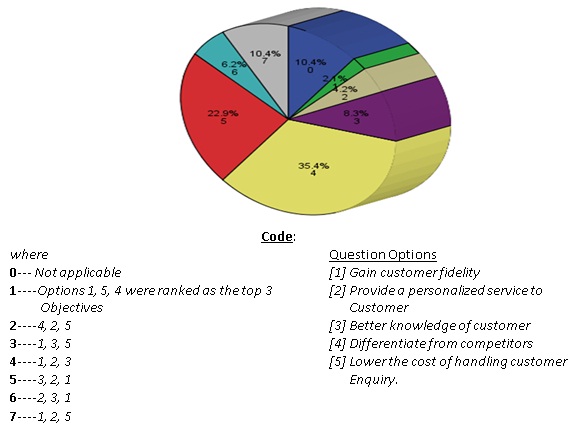
Figure 4.6: Top Three Ranked Objectives of CRM expressed in percentage
4.4.2 Usability of CRM as a tool to enhance customer value in Cameroon
In response to this question, 54.2% of the respondents agreed that it can be used from one or two departments in the company, while 31.2% strongly agreed that this project is concerned by the entire enterprise.
Respondents in the “strongly agree” category could be those that have implemented CRM in their firms and it is yielding them positive results. 10.4% of the respondent cannot decide whether or not it is possible while there was no record of any respondent belief that it cannot be used to enhance customer value.
See figure 4.8 for the analysis.
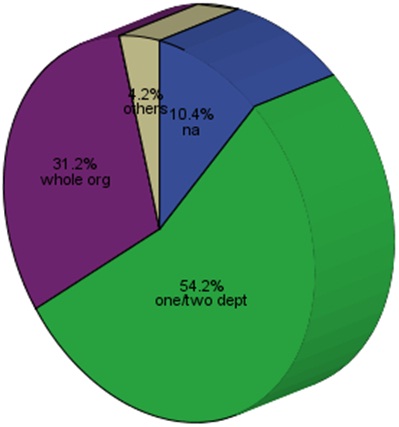
Figure 4.7: Perception of Respondents on CRM feasibility in Cameroon
4.5 Dynamic Capability of CRM and Multichannel Integration
One of the advantages of CRM is its dynamic nature.
It can be designed to meet different needs and still yield positive results. Part of its dynamic nature is in its capability of been integrated with various channels of contact with customers.
This section considers how ready respondents are in integrating this tool with their customer contact points through their company website.
4.5.1 Company Online Presence
Figure 4.9 below shows that 60.4% of microfinance companies in Cameroon do not have an online presence.
While only 39.6% of them do.
This result, if linked with the outcome of section 4.3.5 (figure 4.6) it will be clearer why the highest representation by 41.7% of the respondents chose to interact with their customers through E-mail and frontline rather than through a customer service-created page (FAQ) on their website.
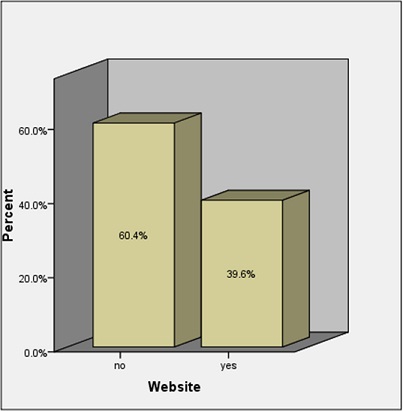
Figure 4.8: Percentage of Enterprise’s online presence
4.5.2 Website Services
Among the 39.6% of microfinance companies that have an online presence as earlier stated in the result in figure 4.8 above, effort was focused on knowing those services that they offer on their website.
Despite this low utilization of their website, result on figure 4.10 below presents the highest percentage of respondents with online presence, with 16.7%, only display their internal information and offer customer support on their website without providing online ordering, site map, etc.
While 60.4% of the respondents with no online presence, this question is not applicable to them but they generated the highest representation in the figure 4.8 in total when compared with their counterparts with online presence.
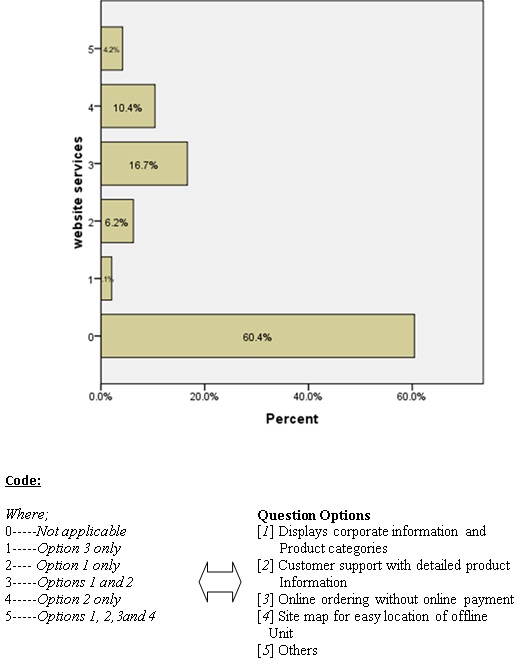
Figure 4.9: Services delivered through Respondent’s Website
4.6 CRM Project Management
For a successful implementation program for CRM initiative, it is important for enterprise to have a detailed project plan, know how much it will cost and also how long it will take them to fully implement it.
Therefore, the issue of project management sets in.
4.6.1 Estimated Cost of CRM Project
47.9% of the respondents aim to invest between XAF 500,000 and XAF 1M to implement CRM in their program while % of the respondents targets below 1,000, 000, above 1.5M respectively.
No record was made on respondents with investment target of below 500, 000 and to 10.4% of the respondents; this issue is of no use to them because there is not plan to implement the program in their enterprise for now.
What the researcher can infer about this result is that depending on the elements to be involved in the whole project, that could be a determinant for the high cost of carrying out the project and factors like risk management might also have been added to the projection thereby increasing the budget estimate.
See the figure 4.10 below for analysis.
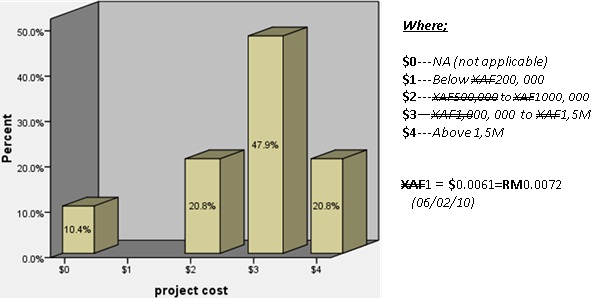
Figure 4.10: CRM Project Cost as expressed in percentage
4.6.2 CRM Implementation Time Frame
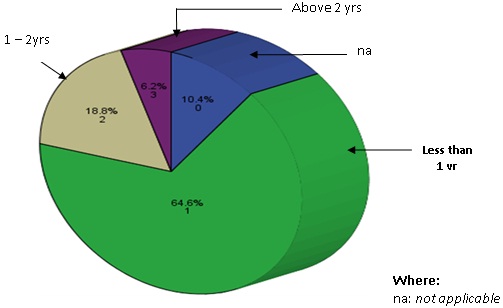
Figure 4.11: Perceptions on CRM Implementation Time Frame.
64.6% of the respondents foresees less than a (One) year to implement CRM in their enterprise, while 18.8% and 6.2% of the respondents aim at between 1-2 years and above 2 years respectively.
What could have been responsible for most of the respondent to target less than a year could be because of the unpredictable nature of prices and the forces of demand and supply.
Figure 4.11 above sorts out details.
4.7 Information Management
This section looks into those necessary tools which are needed to obtain customer information and also in managing operational services which can enhance the quality of service rendered to the customer.
4.7.1 Microfinance Institutions System Tools
Generally, the largest percentage of respondents with only Phone-based system is 43.5%. Considering the distribution of the results, the next two categories were represented by 30.3% and 26.2% which corresponds to those having Smart Card System and ATM.
These results show that most operations in Cameroon microfinance are still more by phone.
But it is also encouraging to know there is appreciable initiative from operator to using other systems such as ATM and Smart Cards to facilitate transactions.
4.7.2 CRM project Components to be used in Cameroon Microfinance
From components considered for CRM by the respondents, with a percentage of 22.7%, Time Management, Customer Contact centre and E-Business respectively, are the top on the list and they have the same percentage of 22.7%.
But the most interesting point is that E-Business is amongst their components.
This means that the company intends after segmenting their customers, can enable online transaction without need to visit the company.
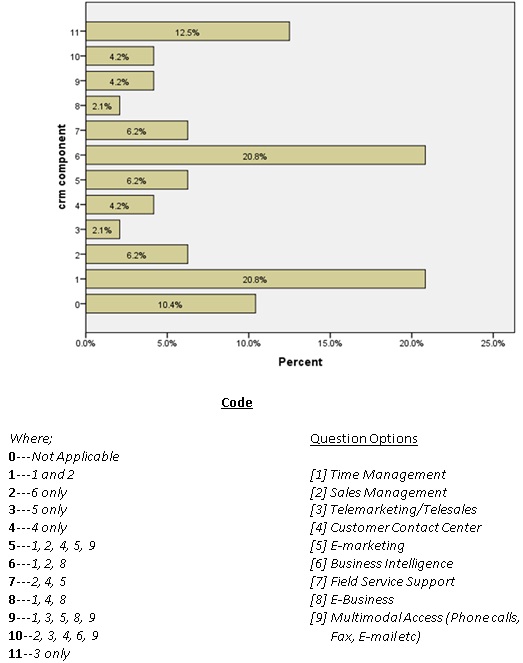
Figure 4.12: Considered CRM Project Components
4.8 Readiness Assessment and Evaluation
The readiness assessment and evaluation was designed to measure how prepared the MFIs are in the implementation process.
This is down through looking at elements which cover the four key parameters which were stated in Forrester framework and then assessed using the Gartner’s CRM performance framework.
Respondents’ feedbacks on this section are analyzed in the section below.
4.8.1 Post-implementation Success Probability
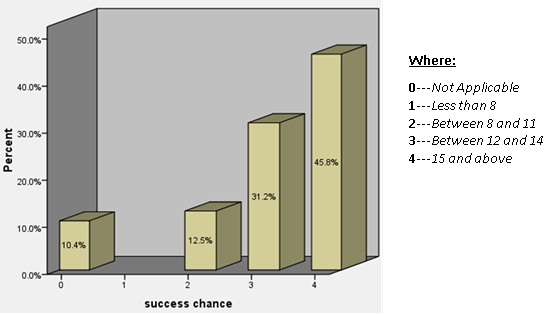
Figure 4.13: Readiness Assessment of Microfinance Operators in Implementing CRM by the use of Gartner’s Principle.
Gartner (2002) evaluated the readiness of any organization towards the implementation of CRM program using a yard-stick made up of numbers from 1 to 15.
Below is how he defined his metrics.
- 15 and Above…………Go for it
- 12-14……..Think carefully
- 8-11……….Better not go for it
- Below 8…………Forget it
From figure 4.14 above, 45.8% of the respondents’ responses show that they are on a save-side to go ahead and implement their CRM project. 31.2% of the respondents will have to think carefully before they go for it, while 12.5% of the respondents should better no go for it as it might not yield them expected result thereby record failure.
This problem might be that some of the components of CRM process have not been addressed very well.
Probably, they have not gained top management support or they have not gotten a clear understanding of the goal it will meet.
It could also be that they find it difficult to redefining the business rule and processes such that it matches with the CRM initiative.
4.9 Conclusion
From the findings and analyses done in this chapter on each survey question, when it was compared to the secondary data which acted as the source of basics for the questions asked in the questionnaire, there are similarities in the results which were obtained in this review when compared to that of the literature review.
Where these similarities occurred, the author pointed to them quoting the exact sections, chapter, and figures.
Generally, the findings have shown that there is assurance that the use of CRM in Cameroon microfinance industry will be feasible as sorted out by the analysis on section 4.9 (readiness assessment and evaluation).
There is a relative awareness of the tool and its applicability towards enhancing customer value in the industry.